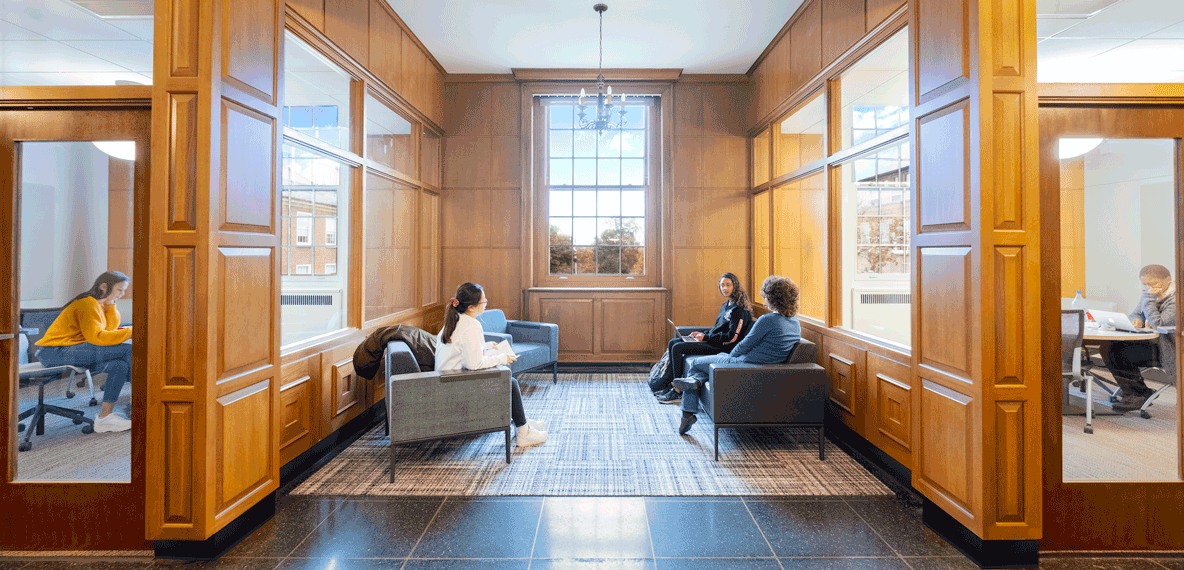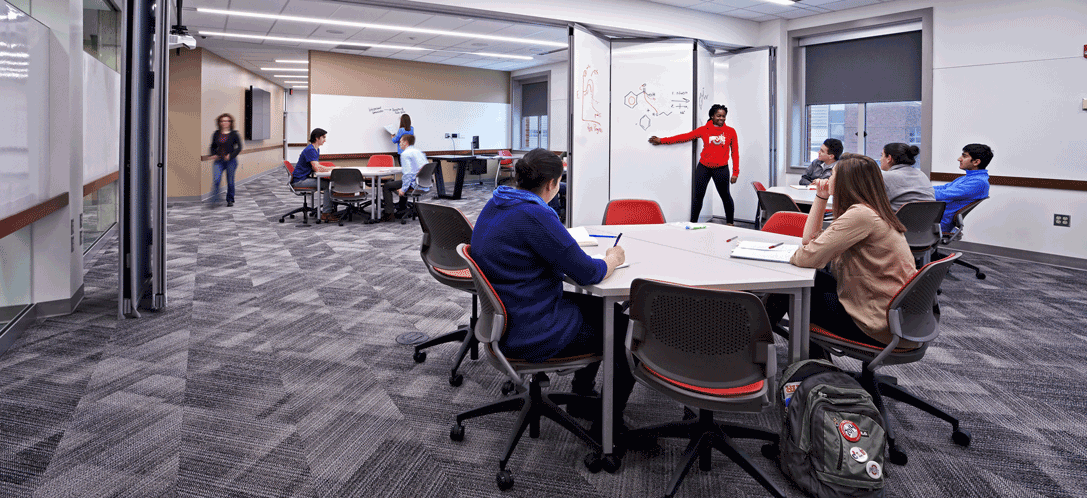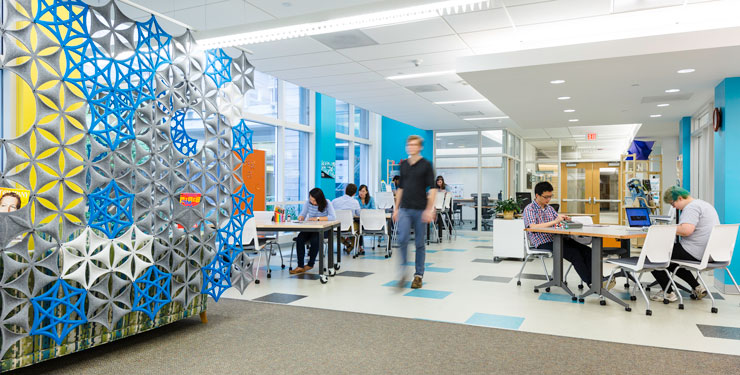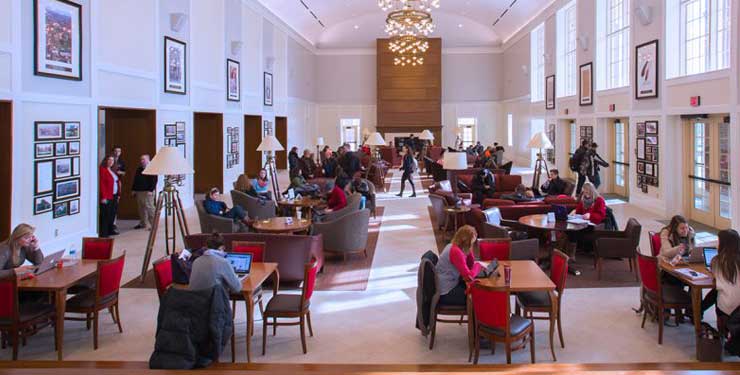
University Library Research Results: What You Don’t Know Might Hurt You

When it comes to the use of academic libraries, it is imperative for stakeholders to understand how and why students use that space and what their expectations are. That means considering and studying student preferences and behaviors to gather that knowledge and using that data to create more meaningful and satisfying library experiences.
Ask Your Target Market, an independent, online research firm, collected input from 500 students from across the country over a two-week period in October 2020. The purpose of the research was to understand students’ preferences, behaviors, emotions, and experiences when spending time in their college or university libraries. All students were above the age of 18, attended a four-year university, and were regular users of the library (minimum of two hours per week). Current first-year students were excluded from the survey as they did not have in-person library experience. Information collected on students’ perceptions and behaviors was for pre-COVID-19 library use and not current library use during the pandemic.
Research Findings
The number one reason why students visited the library was to study alone (selected by 55% of students), followed by studying with friends (42.2%). Most students (58.6%) preferred quiet study spaces in the library. The top five areas where students spent their time in the library were: quiet study space (58.6%), computer lab (37.8%), reading room (35%), café (33.8%), and group study space (32.2%).
Students were asked what physical change the library could make to encourage them to use it more frequently. The responses included more comfortable seating and more places to relax, more individual rooms or independent workspaces, and collaborate space rooms. Students may perceive the “formal” design of older or not recently renovated libraries as less welcoming and relaxing. In fact, students wrote in suggestions such as, “make the furniture a little more modern,” “make it more open, instead of too formal,” and create a “more home-like feeling.” The challenge is incorporating these diverse kinds of areas in libraries not designed for these accommodations and those facing budget constraints with any kind of a renovation project.
Recommendations
Students expect their libraries to have a variety of study spaces, including quiet places to study alone, spaces to be able to study alone together, and collaboration areas where they can participate in group activities. They also require space to accommodate distance learning or viewing online lectures. Incorporating a diversity of spaces in the library allows students to see that the space is “theirs.” These needs may vary depending on any number of criteria including the culture and focus of the college or university, the location of the school, and the patrons of each library. To make the best use of the space, determine what students require in these spaces, such as flexible and moveable furniture, multi-dimensional lighting, and additional power and data outlets.
Today’s students want to see and be seen in a space where they feel welcomed, comfortable and inspired. Rethink the traditional big, fixed, and, in some instances, intimidating circulation desk and instead establish an experiential sequence so students immediately feel they want to be drawn into the library when they take their first steps inside.
Another recommendation is to consider the functionality of the library and overlay it onto the students’ emotional needs in the space. For example, a formal study room with a row of 100 chairs at a table may be functional but may not be the most successful or engaging setting for most students to study. Instead, the study results support designing relaxed, comfortable, and calm study spaces. This is accomplished by using innovative furniture solutions to create the environments desired by students.

Flexibility was a key design driver for this library renovation at OSU's 18th Avenue Research Commons. Movable tables, chairs, and wall partitions enable easy reconfiguration for varying user needs.
As students’ requirements and expectations change, the library needs to adapt. It is important to be stewards of understanding what students seek in their academic library and design appropriate solutions that create those environments. This means instead of just designing library space based on what’s trendy, it is essential to make data-driven decisions based on students’ input and desires.
Today’s students are dealing with unprecedented stressors affecting their academic careers. Due to the COVID-19 pandemic, their college experience existed mostly online in 2020. As a result, they are seeking empathic connections—some of which can be fulfilled by their library experiences. By providing spaces where students can choose whether to be in areas with other students and where they feel relaxed, welcomed, and comfortable, libraries offer the human connection vital to a student’s academic success.
This article was originally published in University Business.
Author
Content Type
Published Articles
Date
July 29, 2021
Market
Topic
Library Design



